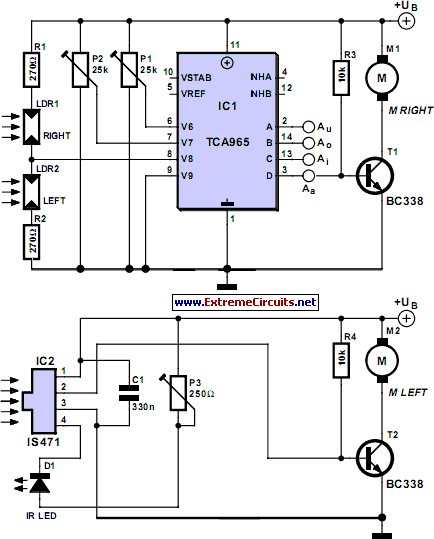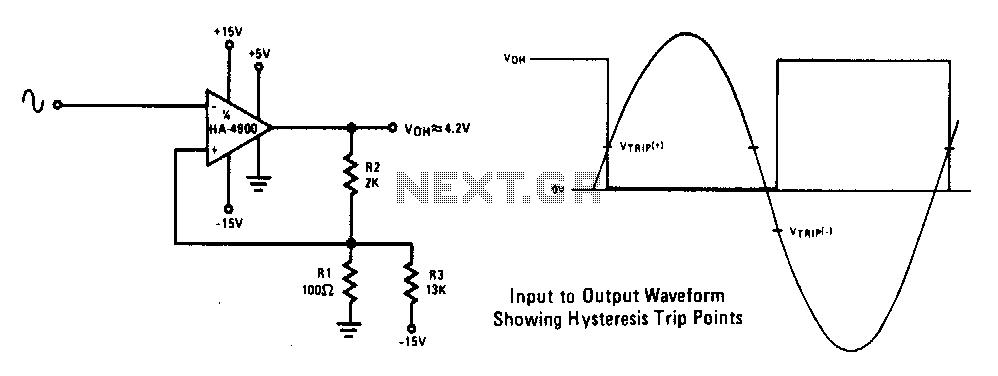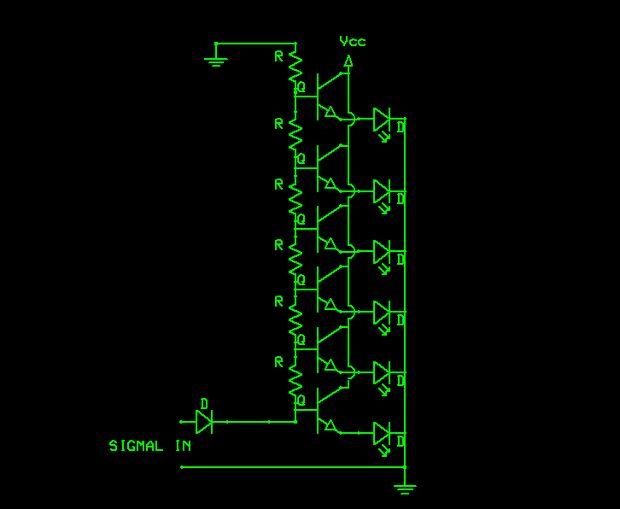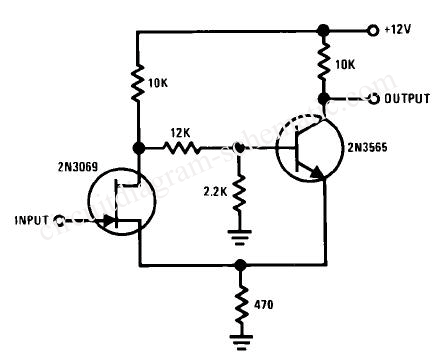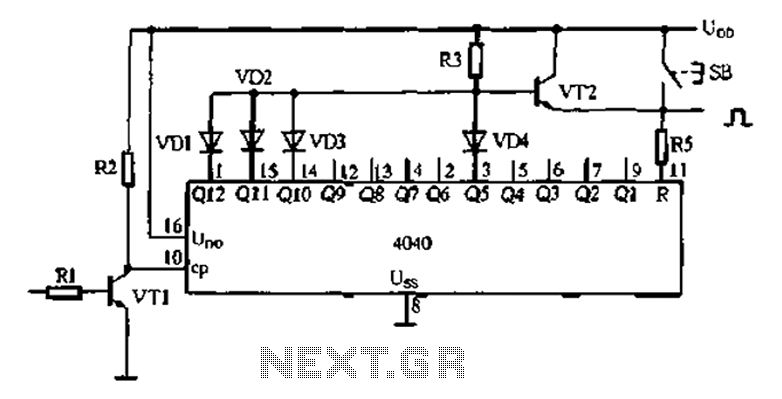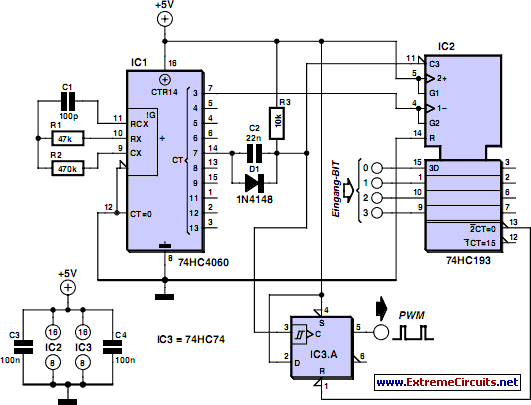
Discrete Schmitt Trigger

This is a Schmitt trigger circuit. This circuit produces a simple comparator action. It is emitter-coupled. This circuit has a distinct hysteresis loop.
The Schmitt trigger circuit is a fundamental electronic component utilized for signal conditioning, providing a means to convert a noisy input signal into a clean, digital output signal. The design employs positive feedback, which results in a hysteresis effect that enhances noise immunity and ensures stable switching behavior. The emitter-coupled configuration typically involves bipolar junction transistors (BJTs) arranged in a differential amplifier setup, where the output voltage is influenced by the input voltage levels.
In this configuration, the circuit operates by establishing two threshold voltage levels: an upper threshold and a lower threshold. When the input voltage exceeds the upper threshold, the output transitions to a high state. Conversely, when the input voltage drops below the lower threshold, the output returns to a low state. This hysteresis loop prevents rapid toggling of the output in response to small fluctuations in the input signal, which is particularly useful in applications such as signal processing, waveform shaping, and digital logic circuits.
The emitter-coupled design enhances the performance of the Schmitt trigger by allowing for a faster response time and improved linearity compared to other configurations. The use of BJTs in this setup provides a high input impedance, reducing the loading effect on preceding stages of the circuit. The output can be further interfaced with various digital logic families, ensuring compatibility with a wide range of electronic systems.
Overall, the Schmitt trigger circuit is an essential building block in modern electronics, serving various applications where precise signal transitions are required.This is a schmitt trigger circuit. This circuit produces a simple comparator action. It is `emitter coupled`. This circuit has a distinct hysteresis loop and.. 🔗 External reference
The Schmitt trigger circuit is a fundamental electronic component utilized for signal conditioning, providing a means to convert a noisy input signal into a clean, digital output signal. The design employs positive feedback, which results in a hysteresis effect that enhances noise immunity and ensures stable switching behavior. The emitter-coupled configuration typically involves bipolar junction transistors (BJTs) arranged in a differential amplifier setup, where the output voltage is influenced by the input voltage levels.
In this configuration, the circuit operates by establishing two threshold voltage levels: an upper threshold and a lower threshold. When the input voltage exceeds the upper threshold, the output transitions to a high state. Conversely, when the input voltage drops below the lower threshold, the output returns to a low state. This hysteresis loop prevents rapid toggling of the output in response to small fluctuations in the input signal, which is particularly useful in applications such as signal processing, waveform shaping, and digital logic circuits.
The emitter-coupled design enhances the performance of the Schmitt trigger by allowing for a faster response time and improved linearity compared to other configurations. The use of BJTs in this setup provides a high input impedance, reducing the loading effect on preceding stages of the circuit. The output can be further interfaced with various digital logic families, ensuring compatibility with a wide range of electronic systems.
Overall, the Schmitt trigger circuit is an essential building block in modern electronics, serving various applications where precise signal transitions are required.This is a schmitt trigger circuit. This circuit produces a simple comparator action. It is `emitter coupled`. This circuit has a distinct hysteresis loop and.. 🔗 External reference
